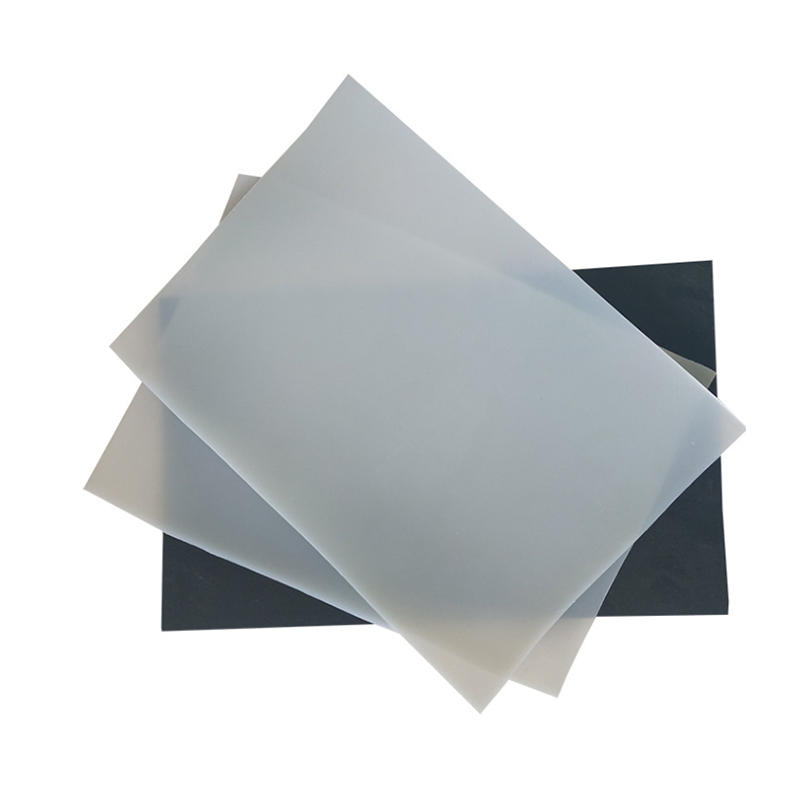What is eva geomembrane?
EVA geomembrane is a geosynthetic material made of ethylene vinyl acetate copolymer (Ethylene Vinyl Acetate, EVA). This material is widely used in the engineering and construction fields, especially in civil engineering and environmental protection projects. Here are some key information about EVA geomembranes:
Material properties: EVA geomembrane has excellent flexibility, chemical resistance and aging resistance. It is usually clear or translucent, but can also be tinted to suit specific project needs.
Application fields: EVA geomembrane is mainly used for waterproofing, infiltration control, soil stabilization and environmental protection applications. It can be used in river bank protection, river bed transformation, wetland protection, sewage treatment tanks, landfills, road construction, garden projects and other fields.
Waterproof barrier: EVA geomembrane is often used as a waterproof barrier in construction and engineering to protect basic structures from moisture erosion. It effectively prevents moisture penetration and keeps buildings dry.
Soil stabilization: EVA geomembrane can be used to increase soil stability, especially in slope stabilization and road construction. It prevents soil erosion and loss of soil particles.
Environmental protection applications: EVA geomembranes are also used in environmental protection projects, such as wetland restoration, ecological restoration and water pollution control. It helps maintain and protect natural ecosystems.
Easy to install: EVA geomembranes are generally easy to install and can be welded, bonded or fixed to the ground or structural surface to meet specific project needs.
Durability: EVA geomembrane has a long service life and can resist UV rays, oxidation and natural wear.
The specific specifications and characteristics of EVA geomembranes can vary depending on the manufacturer and project needs. It is a multifunctional geosynthetic material widely used in various engineering and construction projects to improve the stability of infrastructure and protect the environment.
eva geomembrane price
The price of EVA geomembrane will vary depending on a variety of factors, including material quality, specifications, manufacturer, purchase quantity and geographical location. The following are some of the main factors affecting the price of EVA geomembrane:
Material quality: The quality of EVA geomembrane is a key factor. High-quality materials generally have better durability and performance, but also come with a relatively higher price tag.
Specifications: EVA geomembrane is available in many different specifications and thicknesses. Larger sizes and thicker membranes are generally more expensive because they require more material.
Manufacturers and brands: Different manufacturers and brands are priced differently in the market. Well-known brands typically offer higher prices, but also often offer higher quality and performance guarantees.
Purchasing Quantity: Generally speaking, purchasing in larger quantities can result in more competitive prices. Suppliers may offer volume discounts, especially for large engineering projects.
Location: Location also has an impact on price. Logistics costs, regional economic conditions and market demand may all lead to price differences.
Special Requirements: If the project requires special color, thickness, UV resistance, or other special requirements, these additional special requirements may increase the price.

EVA geomembrane specifications
EVA geomembrane specifications can vary depending on the manufacturer, project needs and application. Here are some examples of common EVA geomembrane specifications, but please note that specific specifications may vary by supplier and project:
Material Thickness: The thickness of EVA geomembrane is usually measured in millimeters (mm). Common thickness ranges include 0.5mm, 0.75mm, 1.0mm, etc., but other thicknesses are also available upon request.
Width: EVA geomembrane is usually sold in rolls, and the width can be customized according to project needs. Common widths include 3.0 meters, 4.0 meters, 6.0 meters, etc.
Color: EVA geomembranes are typically transparent or translucent, but other colors are available based on project requirements. Color selection may relate to the aesthetic requirements of a particular project.
UV stability: For outdoor applications, EVA geomembranes usually need to have good UV stability to prevent degradation of the material by ultraviolet radiation. UV stability is an important specification.
Tear strength: The tear strength of EVA geomembrane is its ability to resist tearing and breakage. Usually expressed in Newtons (N) or Kilonewtons (kN).
Heat weldability: EVA geomembrane can usually be connected and sealed by heat welding or other methods. Thermal welding performance is an important specification related to the welding and sealing quality of the membrane.
Environmental Certification: Some EVA geomembranes may have environmental certification to meet the environmental requirements of a specific project.
Water permeability: EVA geomembrane is usually waterproof, but some projects may require specific water permeability properties, which is also a customizable specification.

